
Written by James Baturin
The concept of intentional camera movement is simple: choose a slow shutter speed, and move the camera while you’re taking the shot. The result is going to be some element of movement in the picture, obscuring the focus and the subject in unpredictable and evocative ways.
The aesthetic reminds me of impressionist painting techniques, where you are presented with an image that conveys the “feeling” of your subject, rather than a pure representation.
During a time last year where I found myself stuck creatively, the freedom and spontaneity of this technique, and the resulting images, gave me some much needed inspiration. And if you find yourself in a similar place at the start of this year, here are some tips for using intentional camera movement as a way to jumpstart your photography with something different.



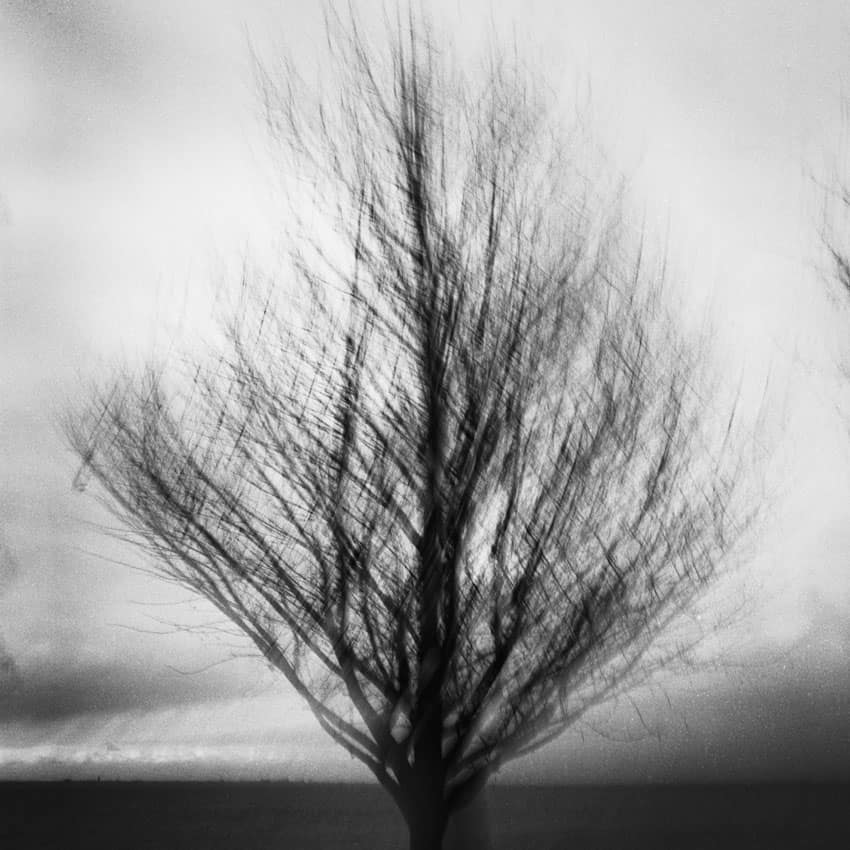
How to Do Intentional Camera Movement
As I said, the technique for intentional camera movement is pretty simple: grab a fully manual camera, set the shutter speed to something slow (anything between 1/30 and a full second will do), and move the camera when you press the shutter.
The slower the shutter speed, the more time you allow for movement in the frame, and your subject will become more obscured.
How you move the camera will also affect how the movement will be portrayed in the image. Try moving the camera up or down, side to side, or even spin it in a circle.
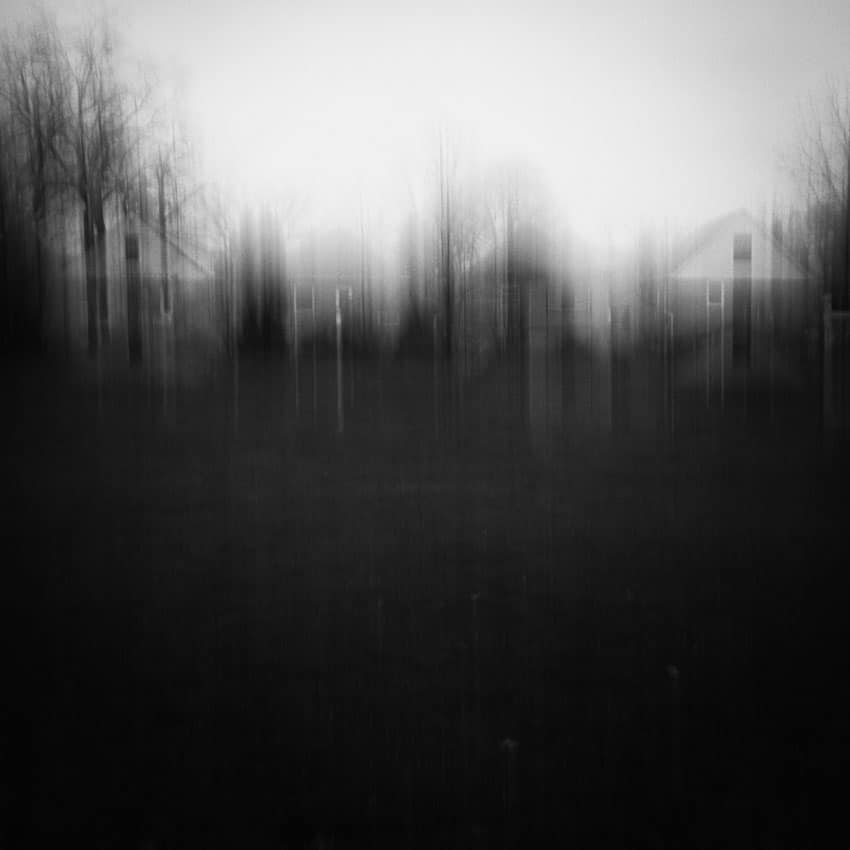

Composition
Composition isn’t strictly important here, which is part of what makes this technique a good way to loosen up and get your creativity going.
Often times, you can take a point-and-shoot approach and get some cool results without even looking through the viewfinder.
But once you get familiar with how moving your camera affects the image, you can start being more intentional with your compositions as well.
For example, you can start visualizing more intentionally where you want your subject in the frame and how moving your camera during the exposure will render it.

Camera Settings and Film
Using slow shutter speeds means that in bright lit daytime conditions you may have to compensate in some way so you don’t overexpose your shot.
For the most part, I found that a slow speed film (100 or 50 ISO) combined with a really small aperture (f/16 or f/22) allowed me to shoot between 1/15 and 1/2 second in daytime conditions without having to use any lens filters.
For these examples, I used Ilford Delta 100 film.
If it’s a bright, sunny day you may need to use some kind of neutral density filter to compensate (a 3-stop ND filter would probably be enough), but it’s not ideal since you won’t be able to look through your view finder.

Final Thoughts
Most of all, intentional movement is a technique to experiment and have fun with. Some of the shots you do are going to be pretty unremarkable, and that’s ok.
Embrace the beauty that can result from the unexpected, and it will be a rewarding experience to start your 2021 photography!

Thank you so much, James! James is a regular contributor here at Shoot It With Film, and you can check out his other articles here, including how to shoot star trails on film and a camera review for the Hasselblad 500 C/M. You can also check out James’s work on Instagram.
Leave your questions about reciprocity failure for long exposure film photography below in the comments, and you can check out more of our long exposure film tutorials here!
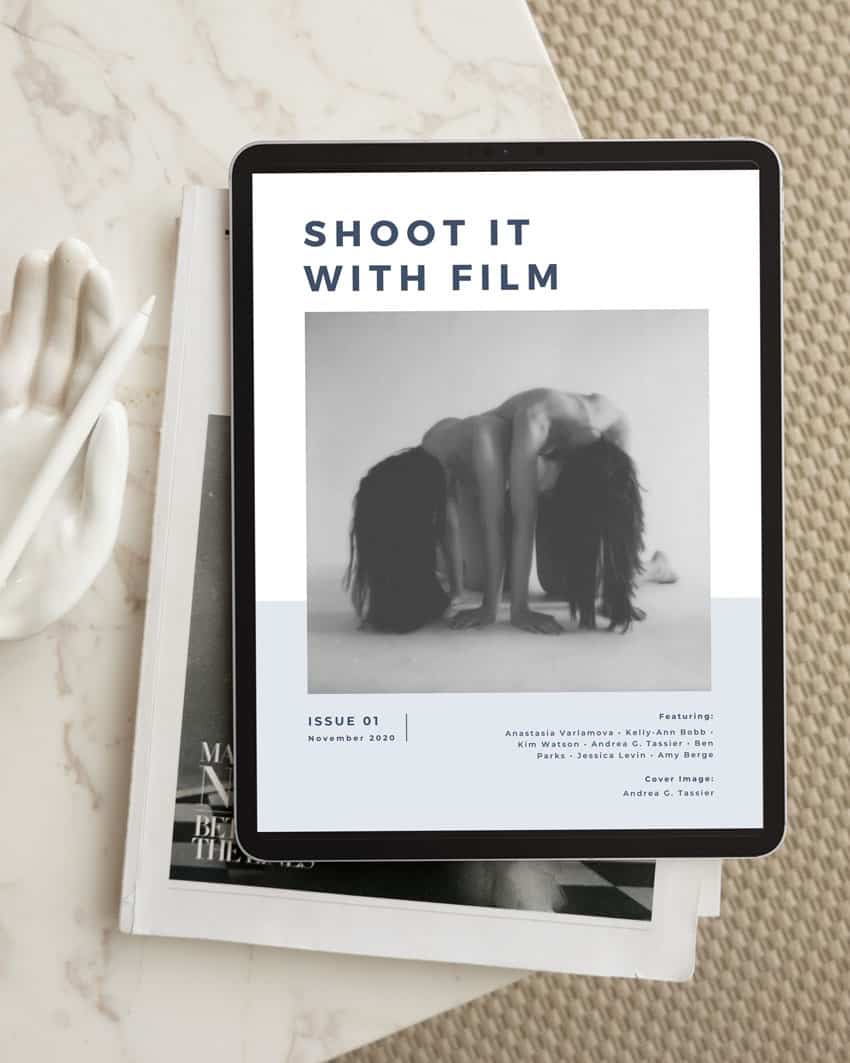

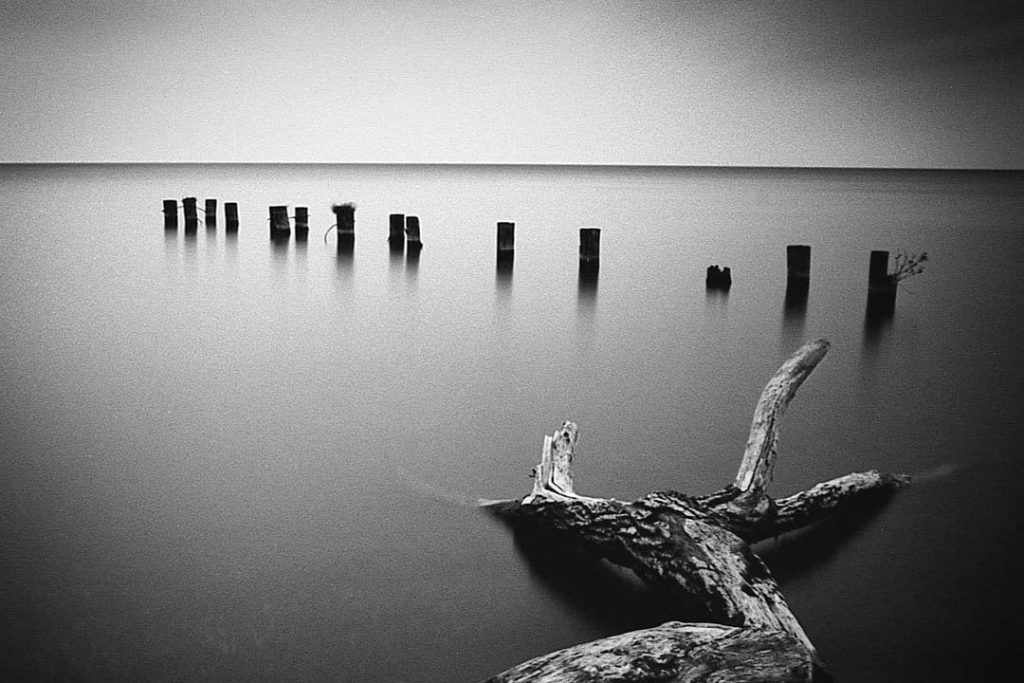
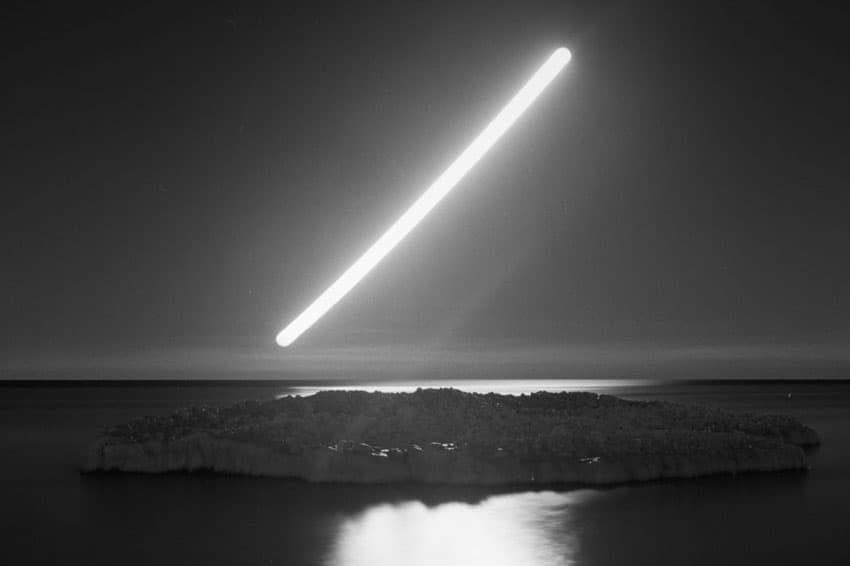




Blog Comments
Johnny Martyr
January 19, 2021 at 7:11 pm
Really beautiful work, James and thank you for providing a simple toolkit and motivation to defy conventions.
James
January 21, 2021 at 10:38 am
Thanks Johnny! I’m glad you found it helpful! 🙂
Craig Ferguson
January 26, 2021 at 5:10 pm
Great stuff,James. I’m a long-time camera shaker. The technique works well for portraits at dusk using a touch of flash (Given the right background).
Ayaz Sayeed
May 27, 2022 at 12:19 pm
Thanks for the well written article. I’ve been in a rut for a long time and even though I know about intentional movement as a tool I almost never use it. Your example photos are excellent!